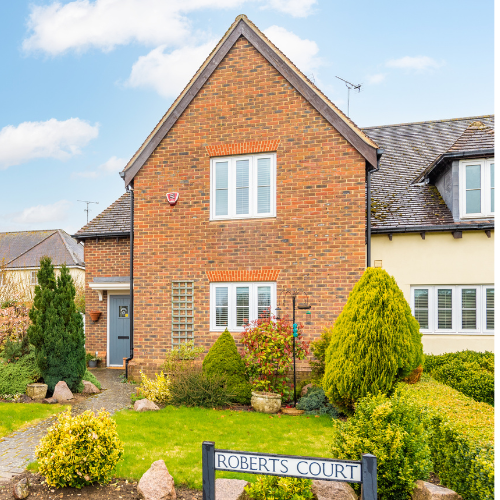New homes benefit from a modern layout and pristine interiors but the cost of living crisis and the spotlight on climate change following COP26 have brought the longer term benefits of a new build into sharper focus. Here are some of them:
- New homes are wallet friendly. They are around 65% more energy-efficient, use 30% less water and are 50% cheaper to run than an equivalent-sized Victorian house.
- Many new build homes come equipped with an electric charging point, making it easy to switch to an electric vehicle and avoid eye-watering fuel prices at the pumps.
- Environmental benefits. The average new build home is planet friendly, emitting just one-third of the carbon produced by the average older property.
- The Climate Change Committee, the government’s official advisory body, has recommended that all homes on the market should have an energy rating of C or above by 2028. From April 2025 landlords will only be able to let their property to new tenants if the property has that minimum C rating and the rules will apply to all tenancies from April 2028. The goal is to discourage landlords from buying energy inefficient homes.
- Many lenders are advertising green mortgages which offer lower interest rates for buyers with energy efficient homes. For many first-time buyers a new home is the only way to get a foothold on the property ladder because government-backed schemes such as Help-to-Buy and Shared Ownership are only available on the purchase of a new build. Help-to-Buy is due to end on 31 March 2023, which means buyers will have to complete any property purchase by this date in order to take advantage of the equity loan.
- Builders of new developments can utilise new technologies, materials and regulations to embed energy efficiency in the fabric of the property. Owners of older properties, particularly if they’re listed, often face lengthy and expensive retrofit works to bring their homes to the same standard.
- Many new home developers are well on the way to becoming carbon neutral by introducing green initiatives including low carbon concrete blocks, timber frame construction and low temperature asphalt, as well as reusing soil and aggregates. Many energy saving features come as standard and can include cost-effective boilers, double glazed windows, water saving taps and low-energy lighting, keeping monthly costs low.
- Energy efficiency. Britain is legally bound to cut carbon emissions to net zero by 2050 and the government has strict 2025 carbon reduction targets for all new homes. In the year to September 2021, over 80% of new build properties received an A or B energy efficiency rating compared to just 3% of older properties. In contrast, 58% of older properties had an efficiency rating of D-G.
- All new build properties come with a 10-year warranty from the National House Building Council, giving new homeowners comprehensive protection against major structural defects and contaminated land. All new build homes listed with us are built to exceptional standards, giving buyers peace of mind that maintenance costs will be low for the foreseeable future.
If you’re thinking of buying a new build home or a home ‘off-plan’ please contact your local Michael Graham office now. If you have a home to sell, you can book a free, no obligation market appraisal too.
See below for three of the new build properties currently available for sale with us. Click here for a full selection of new build properties for sale.

